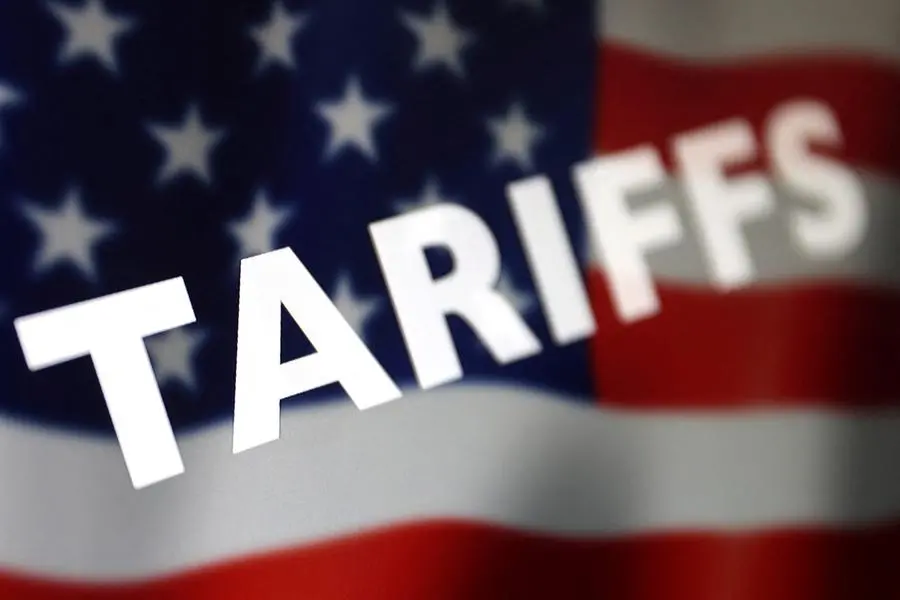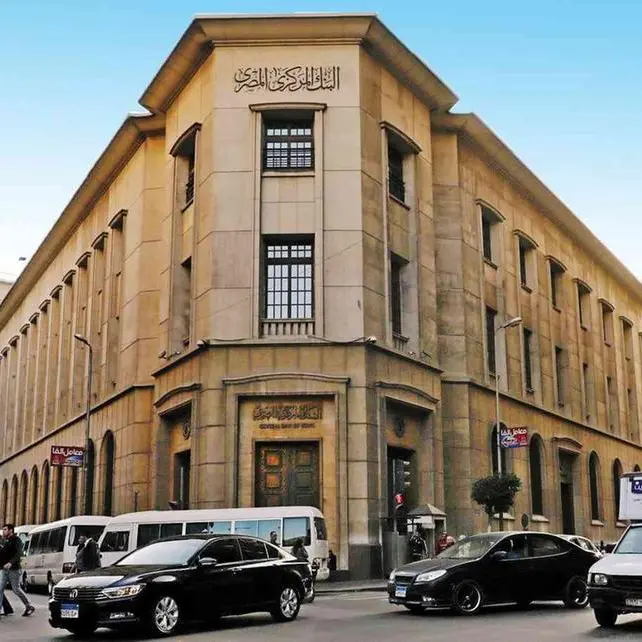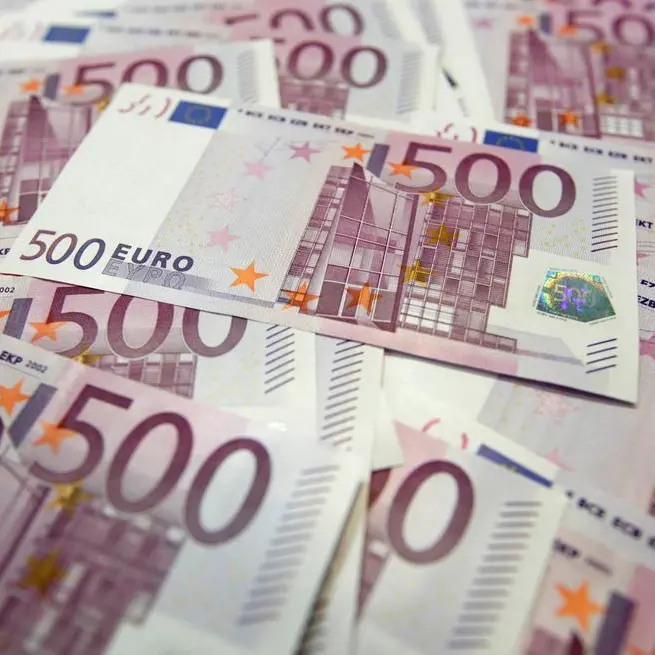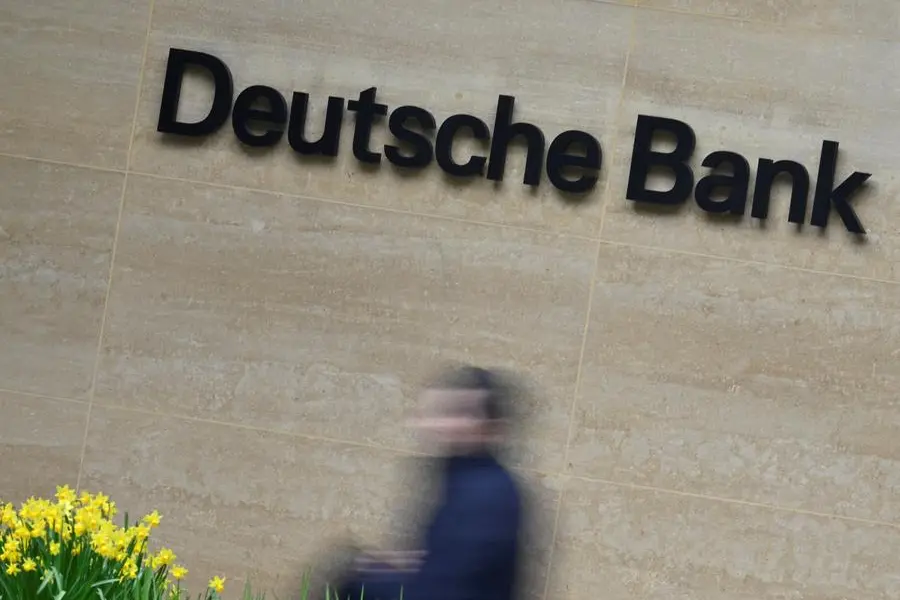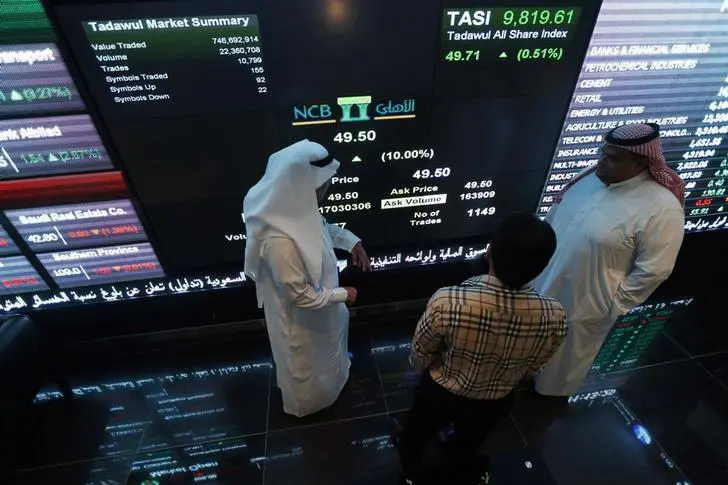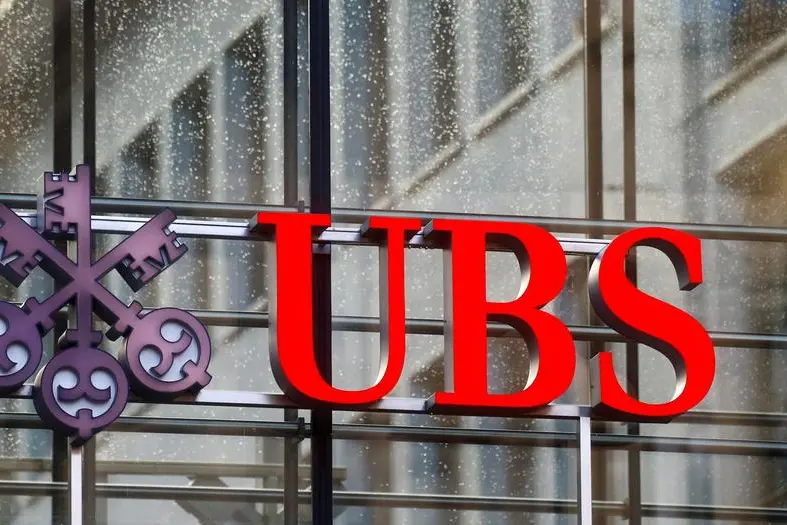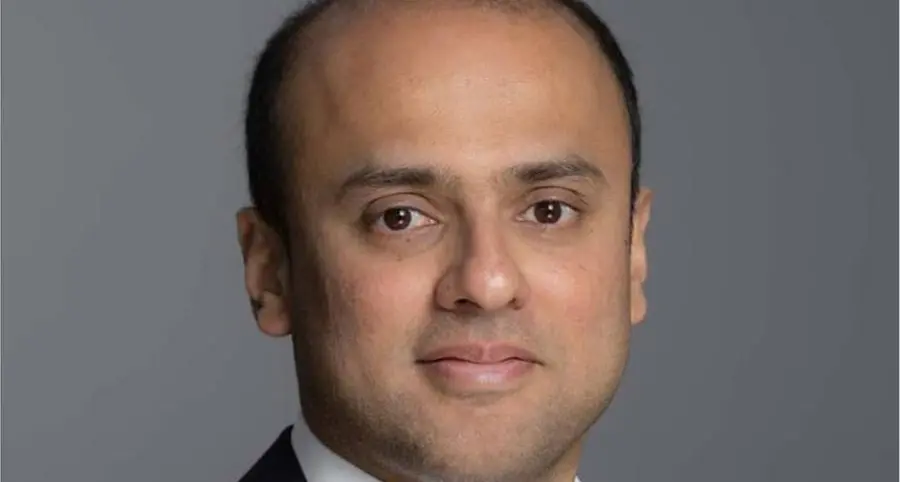PHOTO
U.S. Flag and word "Tariffs" are seen in this illustration taken, April 2, 2025. REUTERS/Dado Ruvic/Illustration
GCC issuers are seen as a safe haven and will navigate tariff-related volatility, particularly if the US Federal Reserve cuts interest rates.
While issuers have held back from the market since the announcement of widespread US trade tariffs at the start of April, the announcement of Dubai-listed Mashreqbank’s $500mln sukuk received strong investor interest.
Karine Kheirallah, Head of Investment Strategy and Research, MEA, State Street Global Advisors, said the bank’s solid credit rating, strong investor base, scarcity factor, debut sukuk and AAOIFI compliance gave it the advantage to issue bonds despite market uncertainty.
Kheirallah said the region, and in particular the strong regional banking sector, continues to be seen as a safe haven for investors.
The tariffs have created uncertainty, she said, leading to a pause or a slowdown in issuances, which is normal in turbulent times, but GCC banks, particularly those with strong credit quality, are likely to continue issuing bonds as per their funding requirements.
“GCC banks are still expected to be active issuers of both bonds and sukuk, especially if we get more Fed rate cuts,” she said.
While the first two weeks of April did not see any regional bond issuances, Kheirallah said GCC banks are well capitalised and have strong liquidity positions, and a pause in issuances wouldn’t have a significant impact on their ability to fund operations and lending.
Strong regional economic fundamentals in the GCC mean that its banks are seen as a safe haven for regional and international investors, with a cushion provided by strong fiscal positions, which gives them a comparative advantage when accessing debt markets, she concluded.
When will the Fed cut?
Cedric Chehab, Chief Economist, BMI, said the Federal Reserve is likely to keep rates on hold for a few more months, but he highlighted the fact that Fed chair Jerome Powell said tariff inflation will be seen as transitory, not a shock, with cuts therefore more likely.
“Powell has said that he is closely looking at long-term inflation expectations, which so far [had been] well anchored.
“These have fallen because of growth concerns and much lower oil prices. As long as the 10-break-evens and long-term inflation expectations remain anchored, we think this provides room for Powell to cut around 100 bps.”
The bond market is acting as both a constraint on some of [President] Trump’s policies and as a sign of risks, he said. Selling and liquidation had happened in equity markets, and these factors meant that it was necessary to wait a few more days to understand impacts.
“EMification”, but not the end of the dollar
Correlation between 10-year bond yields and the dollar index has changed since the tariff announcements, Chehab said, with bond yields rising and the dollar falling.
Normally, investors flock to safe haven assets, buying US treasuries so the yield goes down, as well as the dollar, which would normally strengthen it, but in this case the yields went up, and the dollar weakened—it was trading more similarly to an emerging market (EM).
“Our politics team has been talking about the EMification of the US political system for years, and now you’re starting to see a sign of it from an economic perspective,” said Chehab.
While some have viewed the recent volatility as a structural shift, saying it had put many off holding dollar assets, he said it was too early to say if it was the end of the dollar. However, there are still “weird things” to come in the market due to uncommon deviations in recent weeks.
(Reporting by Imogen Lillywhite; editing by Seban Scaria)
